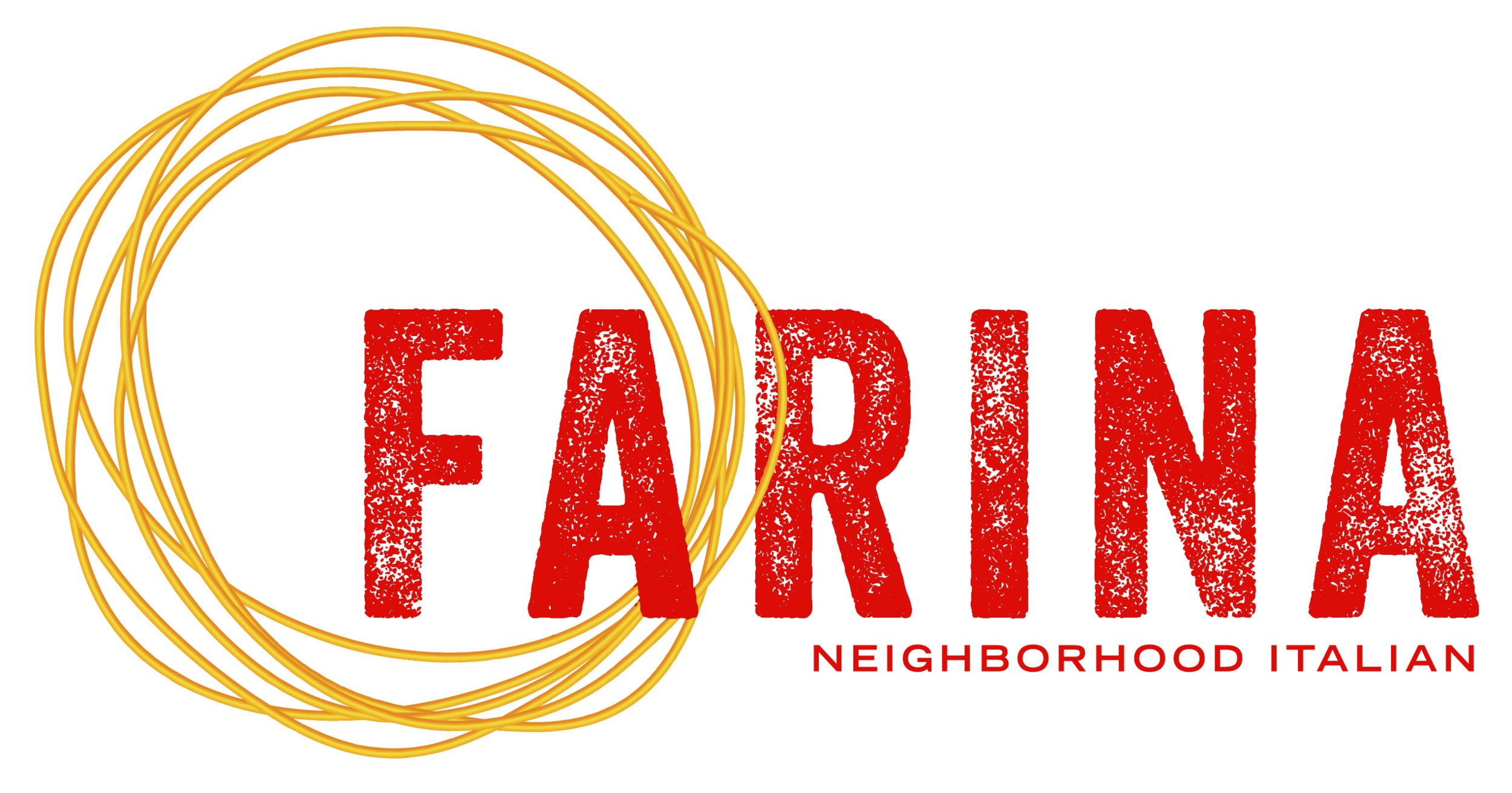What's up D.O.C.?
Pick up a bottle of Italian wine and you’re likely to see one of these designations somewhere on the label. What exactly to these letters stand for and what do they mean? Read on…In the second half of the 20th century, Italy decided to establish a series of laws to safeguard the quality and authenticity of their wine.
These safeguards take the form of protected zones where growers and producers must adhere to strict regulations in order to be certified by these laws. The laws also govern things like the type of grapes used, the alcohol content, and how long the wine is aged.
Certification falls into three categories of decreasing strictness: DOCG, DOC, and IGT.
D.O.C. is the acronym of “Denominazione di Origine Controllata”, Controlled Designation of Origin, a label certifying both the vine variety’s area of origin and the quality of winemaking and bottling techniques of the wine bearing such a designation; it is then used to indicate a produce of reputed quality, whose properties are typical of a specific geographical location and winemaking process according to a specific regulation approved by Ministerial Decree.
Wines before being distributed under the D.O.C. label undergo chemical, physical and sensory analyses certifying the requirements provided for by the winemaking regulations.
A higher category in terms of quality of production and grapes used has been recently identified within the D.O.C. seal with the acronym D.O.C.G., “Denominazione di Origine Controllata” (Controlled and Guaranteed Designation of Origin), where the term “Garantita” (Guaranteed) identifies a wine as being typically produced in a specific terroir by some designated wineries.
The I.G.T. designation, “Indicazione Geografica Tipica” (Typical Geographical Indication), specifically identifies the vine variety from a typical region or geographical area, regardless of the production method used.
